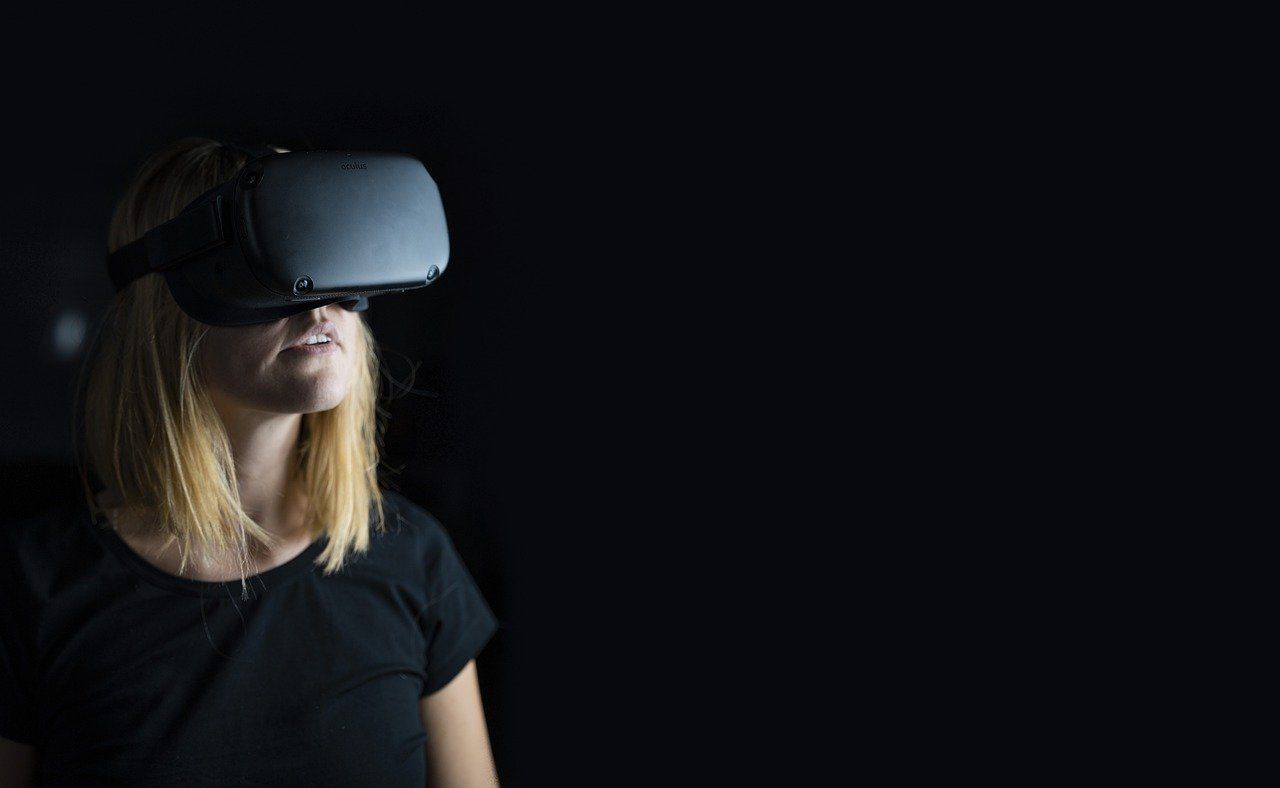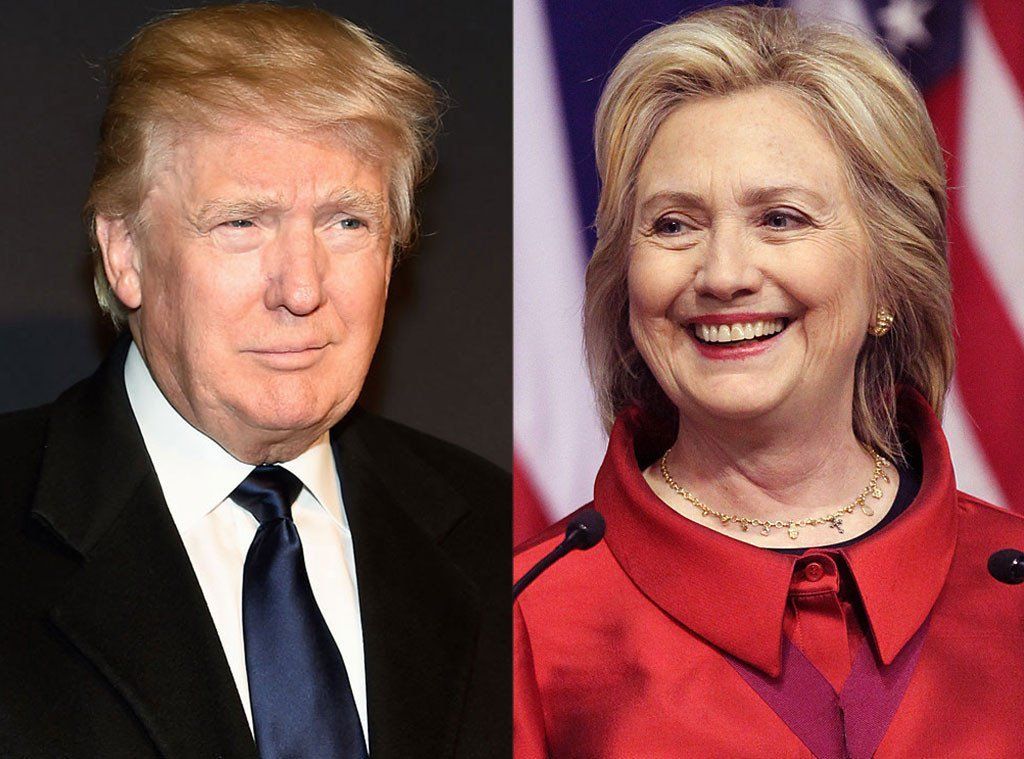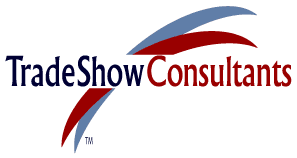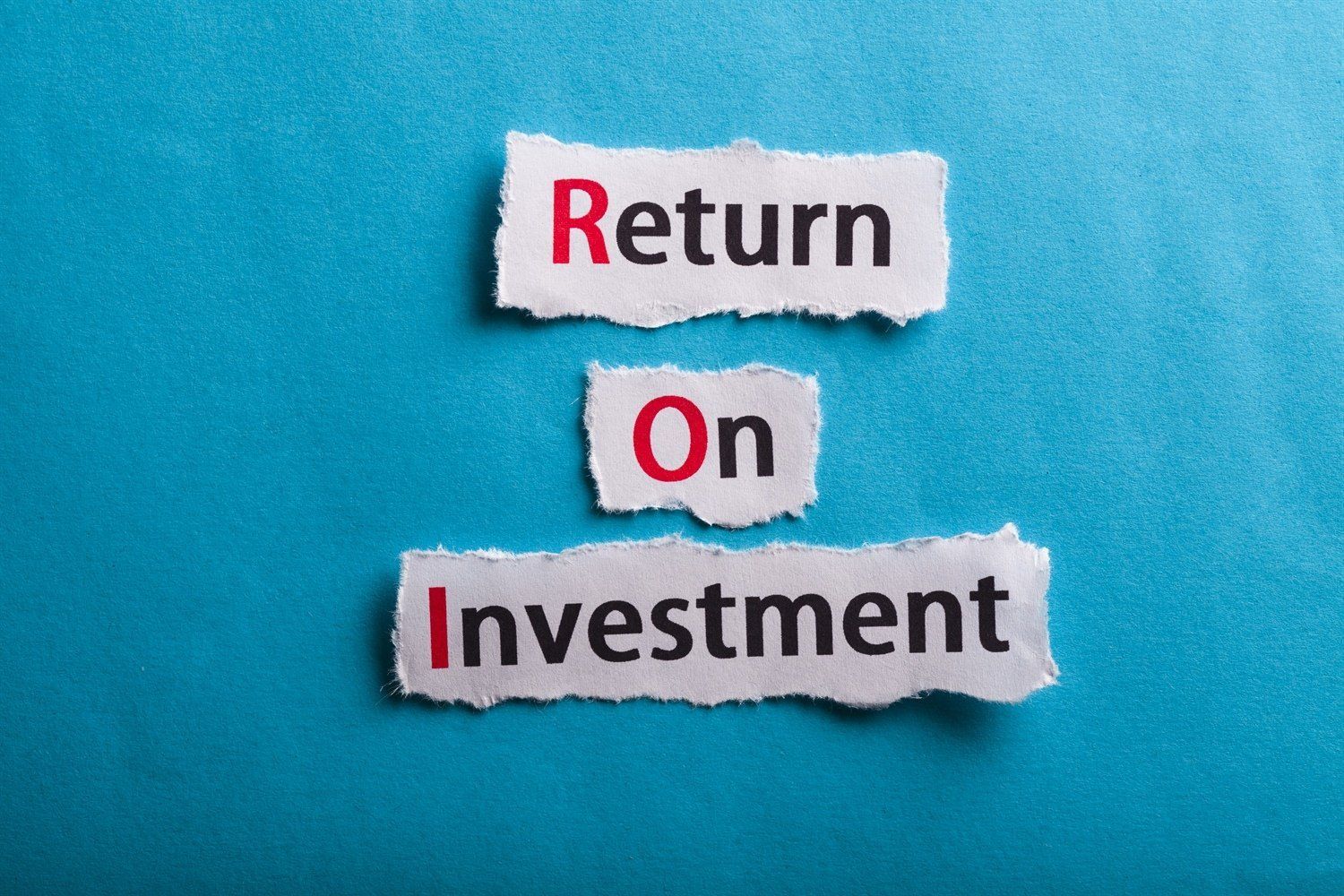The Importance of the Post Trade Show Exhibit Evaluation
While it’s quite natural to want to immediately close the book soon after a major trade show ends, it is also somewhat natural for trade show exhibit professionals to want to learn and improve things by evaluating and fixing the problems they might have experienced during the show.
Experienced exhibitors who believe in and practice the time tested, “do it, fix it, do it again until you get it right” attitude towards exhibiting will eventually iron out the various wrinkles that challenge the success of their trade show program. When accomplished, and those nagging little problems are solved for good, they can then afford themselves additional time to explore and experiment with more clever exhibit and product presentation innovations.
Before the book is closed on any given trade show exhibit presentation, it might do you and your company well to stop for a bit and evaluate how the show performed, what results were accomplished, what problems existed and what your recommendations are to improve the next show as well as the overall trade show exhibit program.
If you are your company’s exhibit manager or the person responsible for trade shows, your positive, constructive input should be more than enough to earn a leadership position for trade show exhibiting improvements for your management to acknowledge, consider and support in the future.
To make the job of producing the post show evaluation more effective than just your opinion, it is essential that a complete set of pre-show goals and objectives be established against which you can judge results. If no such goals and objectives were in place and agreed upon by management before the show, the completion of a major trade show is an excellent opportunity for you to recommend them.
Once your opinions and observations are organized, you’ll want to produce a document that states what trade show exhibit aspects worked, what didn’t work so well and what your ideas are to improve the next show’s exhibit performance. This document should be produced and distributed to all involved no more than 2 weeks after the show to refresh everyone’s memory and keep the list of action items current.
The details of the post trade show exhibit evaluation should include virtually all aspects of the trade show exhibit presentation including but not limited to: product presentation effectiveness, level of booth duty professionalism, efficient exhibit communications, level of technical and management support provided, hotel and transportation logistics, level of customer care, sales lead management and distribution, literature support operation, press relations, pre-show meeting details, and the exhibit’s overall operation from opening to closing.
One of the best ways to gather this important information is on the last day of the show to hand out a post-show evaluation form to all who worked the exhibit that asks them for their opinions, concerns and suggestions. This data should then be quickly summarized, evaluated and distributed within a week or so to management with your added recommendations to make the necessary improvements before the next show.
When you’ve compiled a complete evaluation of the show, a final evaluation should be sent, including a list of recommended changes you plan to immediately implement at the next show. It is also a good time to reconfirm your goal of making the trade show exhibit function one that is effective, efficient and accountable and you appreciate the help and support you’ve received.
By taking a leadership role and asking for honest input and reporting what facts you’ve discovered, the trade show function and your position as the trade show manager will enhance your ability to gradually improve the program and elevate your status and gain additional management support.
Because the trade show exhibit environment is so visual, highly charged and spontaneous, many people, especially top managers often voice opinions and strong feelings towards the physical aspects of the exhibit as it compares to the competition and other exhibitors on the show floor. However, it must be stressed that making band aid type changes on the trade show exhibit floor hours before the show opens or even during the show, is about 6 months too late to do anyone any good.
The reality of effective trade show exhibiting, you must politely proclaim, is that almost anything is possible and can be accomplished on the trade show exhibit floor. It just takes time, money, imagination, accurate direction and management’s dedicated support to make it happen.
The desired results of your post-trade show exhibit evaluation should be that management will better understand and appreciate the fact that early planning and accurate execution of goals and objectives will deliver the desired trade shows results. And, that you are the person capable of making it all happen with their support, cooperation, finances and adequate time.
Conclusion
The post trade show exhibit evaluation is one of the most important tools you have to make known what’s needed to improve, advance and guide the future of your trade show program’s effectiveness.
The uniqueness and beauty of today’s trade show exhibit environment is that it is a live event where modifications, improvements and innovations can evolve and be immediately appreciated.
By effectively utilizing post trade show exhibit evaluations, you’ll stimulate the process of constructing a more intelligent, well respected and supported approach to exhibiting by solving acknowledged problems one at a time while enjoying management’s support and cooperation. .













